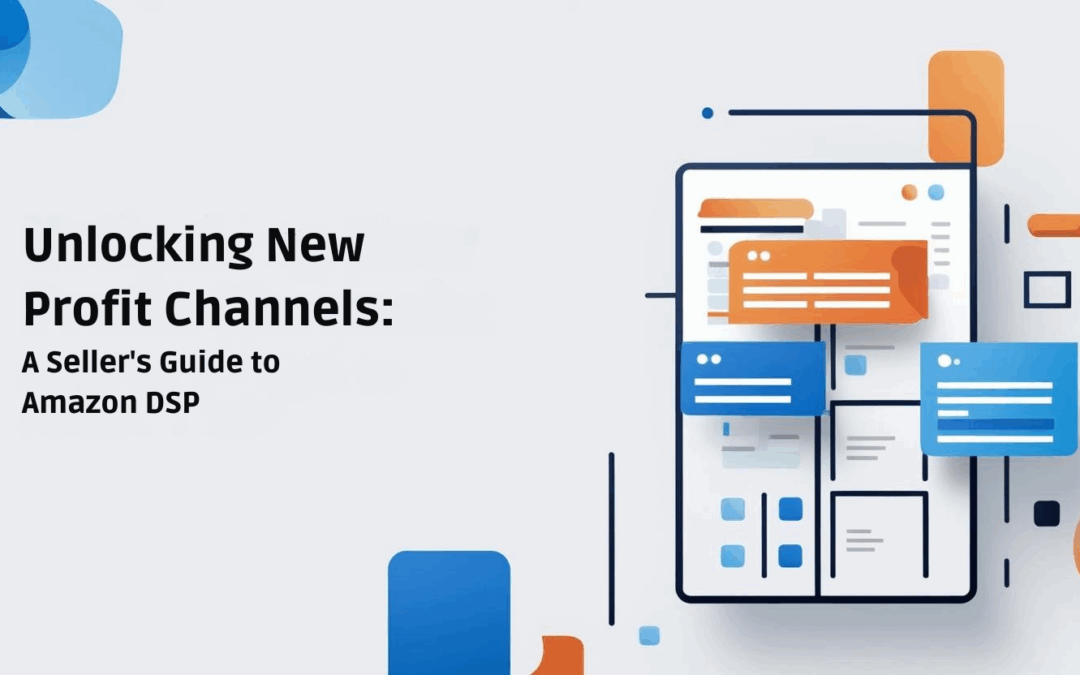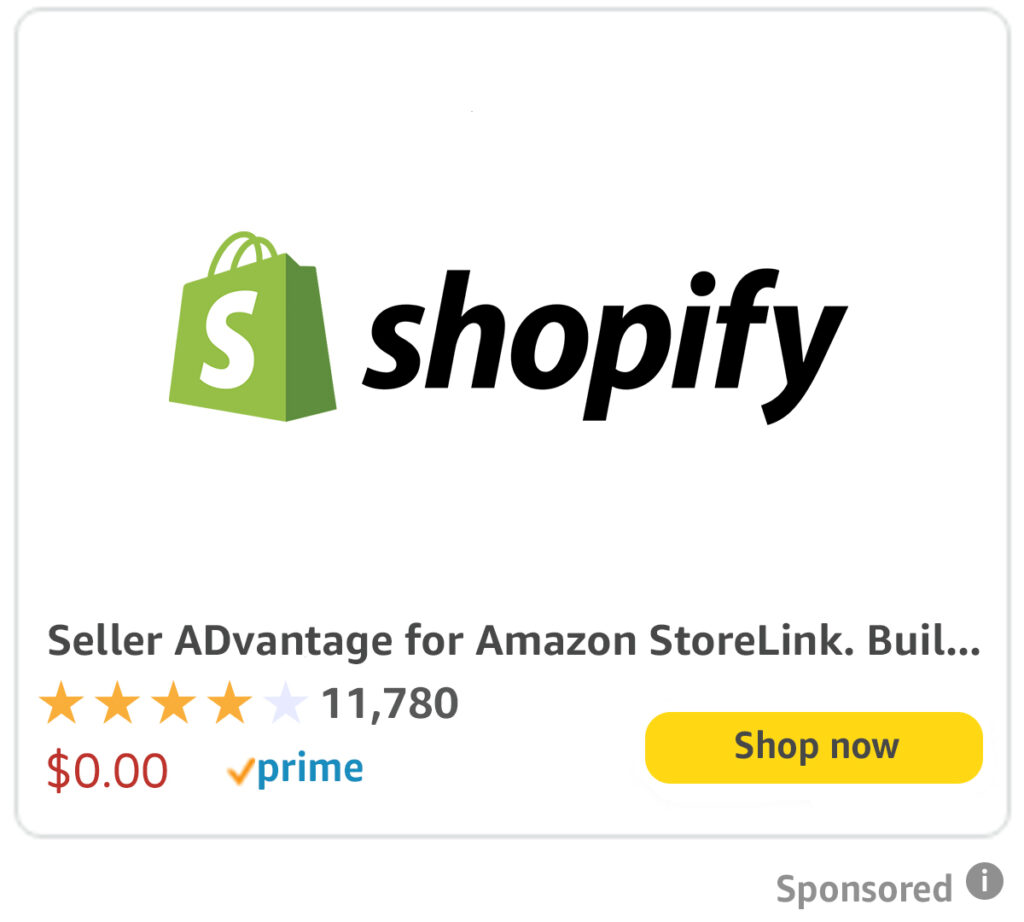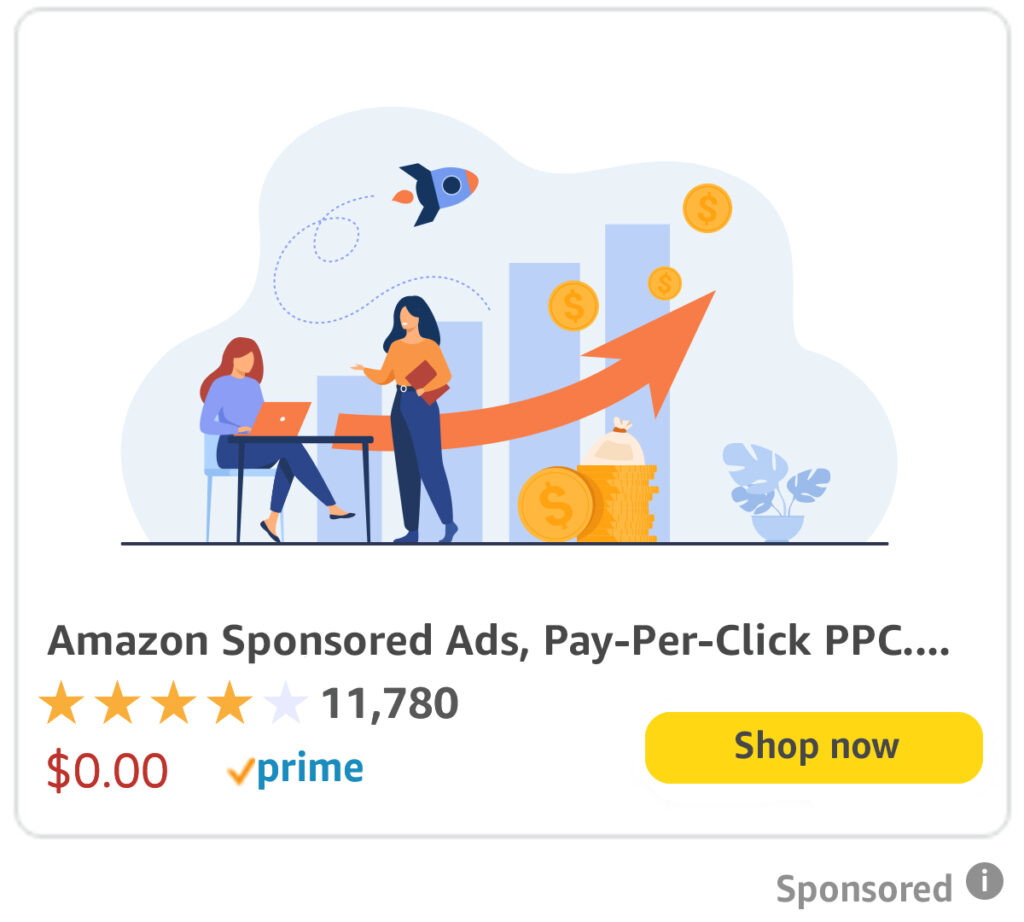Read More
Step-by-Step on SellerADvantage.co.uk
Read on LinkedIn
Read on Medium
Watch on YouTube
Unlocking New Profit Channels: A Seller’s Guide to Amazon DSP
In today’s fiercely competitive ecommerce landscape, traditional pay-per-click tactics on Amazon alone can only take your business so far. While Sponsored Products and Sponsored Brands excel at capturing in-market shoppers, there remains a vast audience of potential customers outside of Amazon’s search ecosystem. Amazon’s Demand Side Platform (DSP) breaks down these barriers by granting merchants programmatic access to third-party inventory, exclusive first- and third-party audience segments, and advanced targeting capabilities. By leveraging DSP, sellers can present their offerings across the web, on mobile apps, and even streaming channels—extending their reach far beyond product detail pages.
However, adopting DSP requires more than simply flipping a switch. It demands a strategic framework that integrates new ad formats—display banners, video spots, audio placements—with robust data signals drawn from Amazon’s rich customer insights. Sellers must learn to map high-value segments, craft engaging creatives tailored for off-Amazon environments, and calibrate bids in real time using dynamic auction algorithms. When executed properly, DSP not only amplifies brand awareness but also drives incremental sales and lifts lifetime customer value by engaging shoppers at every stage of the purchase journey.
This technical guide will walk Amazon PPC users through three essential steps for unlocking new revenue streams with DSP. We’ll begin by showing you how to identify and reach the most promising audiences, move on to best practices for designing display and video assets that convert, and finish with advanced measurement and optimization techniques to scale performance. Whether you’re a seasoned advertiser or just dipping your toes into programmatic buying, you’ll come away with a clear, actionable roadmap for expanding your advertising horizons and capturing profit channels that were previously out of reach.
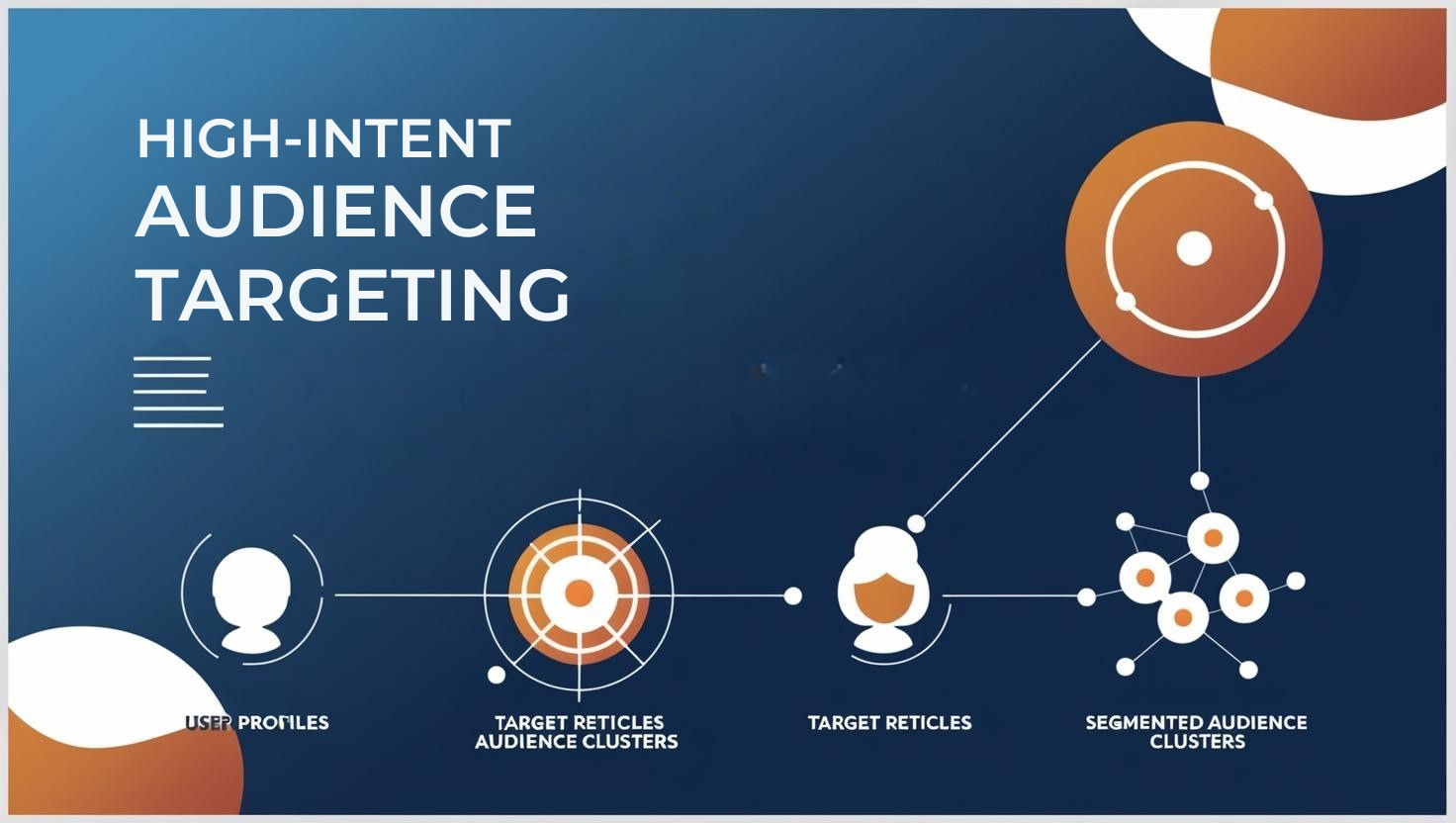
1. Segment and Target High-Intent Audiences
To unlock fresh profit opportunities, the first step is to build precise audience segments that extend beyond Amazon’s search bar. Start by importing your existing Amazon Marketing Cloud (AMC) data to identify top-performing buyer profiles—such as repeat purchasers, high-lifetime-value customers, and those who have viewed but not purchased. Next, layer in third-party demographic and behavioral signals—like in-market auto shoppers or home improvement enthusiasts—to create look-alike clusters. Within the DSP console, assign each segment a unique line item with tailored bid strategies: higher maximum bids for your highest-value cohorts and more conservative bids for prospecting audiences. By targeting these defined groups programmatically across web and app environments, you can engage qualified shoppers who haven’t yet searched on Amazon, driving incremental revenue and widening your sales funnel.
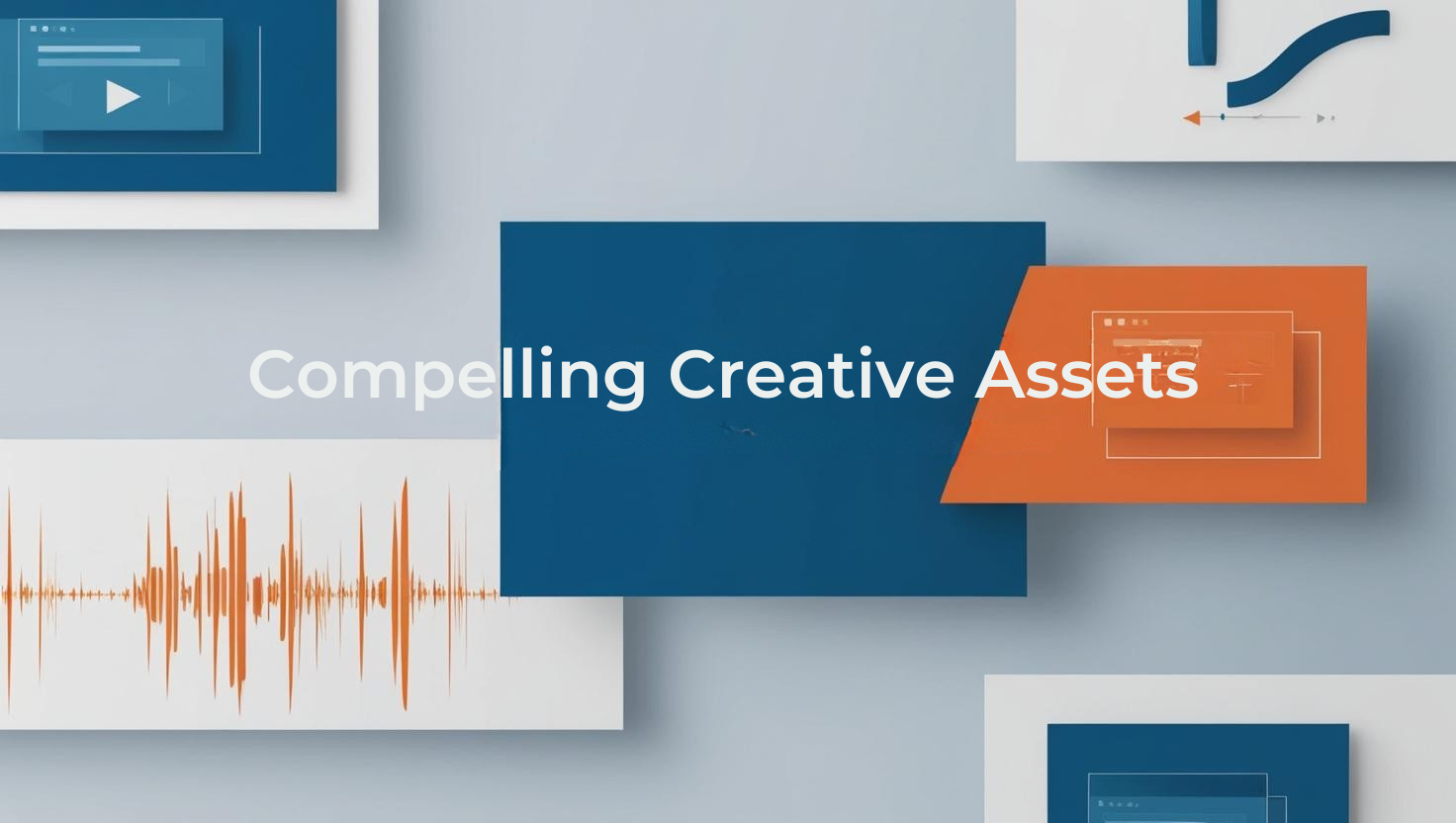
2. Design and Deploy Compelling Creative Assets
Once your audience segments are defined, the next crucial phase involves crafting ad units that resonate in non-Amazon contexts. Unlike text-based PPC ads, DSP supports rich media formats—static banners, dynamic HTML5 creatives, in‐feed videos, and audio spots. Align your creative strategy with each placement’s unique user experience: for example, use concise animated banners on news sites, 15- to 30-second video ads on streaming platforms, and evocative audio messages for podcast sponsorships. Leverage Amazon’s Brand Lift studies to test different visual treatments, messaging angles, and call-to-action buttons. Embed dynamic product feeds or price overlays when possible to mirror your Amazon listings’ trust signals. By tailoring your assets to the medium and your target segment’s preferences, you’ll maximize engagement rates and minimize wasted impressions—thereby driving down your effective cost per acquisition (eCPA).
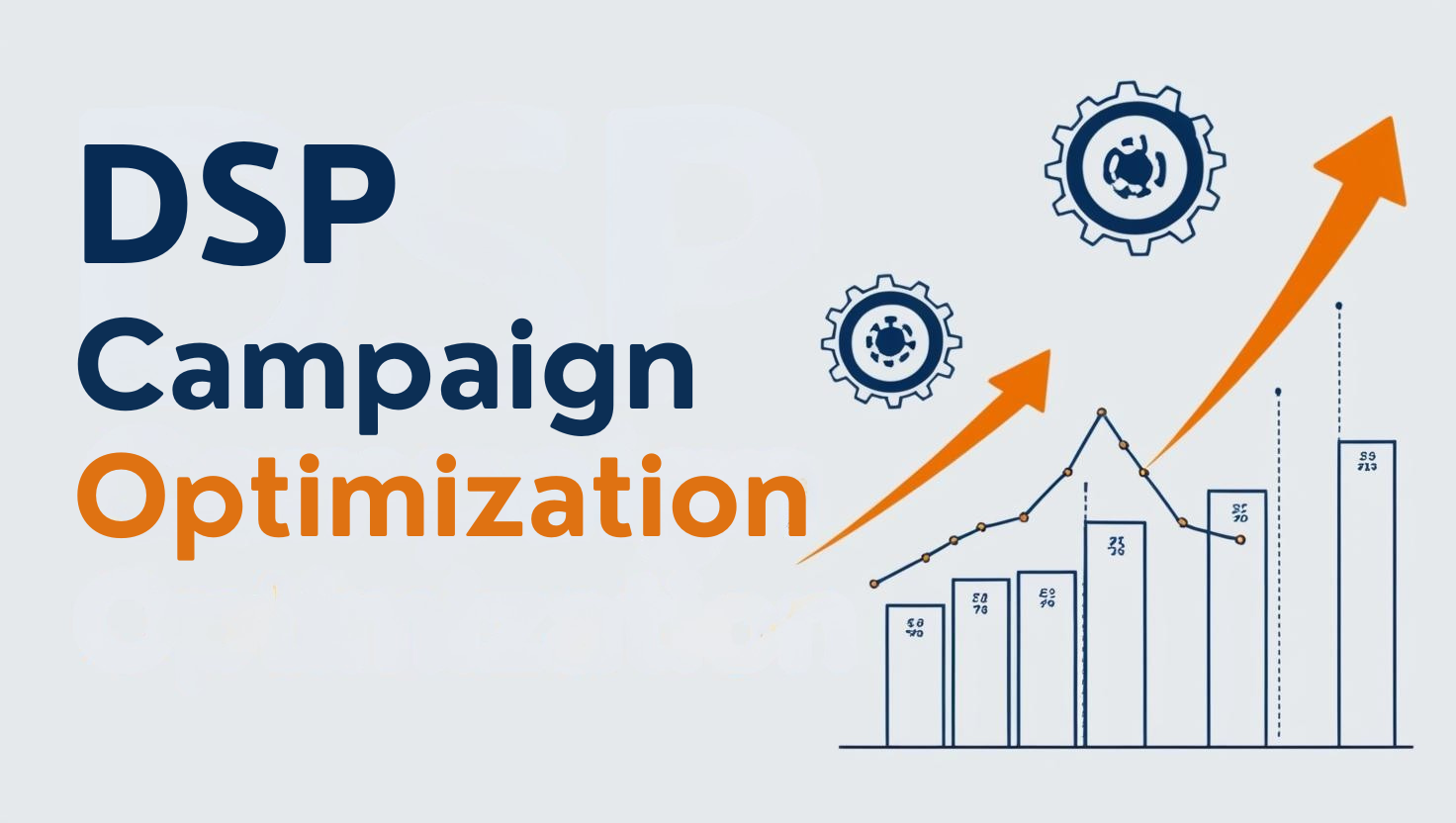
3. Measure, Optimize, and Scale DSP Campaigns
Effective DSP usage demands a disciplined measurement framework. Link your DSP line items to Amazon Attribution tags to capture on-site conversions, cross-device metrics, and offline impacts like in-store visits. Monitor key performance indicators—impressions, view-through rate (VTR), click-through rate (CTR), eCPA, and return on ad spend (ROAS)—in the DSP dashboard and through Amazon’s reporting APIs. Implement automated rules that adjust bids or pause underperforming segments based on real-time thresholds, such as raising bids when a segment’s ROAS exceeds your target by 20%, or disabling line items once they’ve spent a predetermined budget without conversions. Finally, apply incremental lift modeling using the Amazon Marketing Cloud to isolate DSP’s true contribution versus baseline sales. Armed with these insights, you can reallocate budget toward the highest-yielding audiences, expand bids to scale winning line items, and systematically unlock new revenue streams month after month.
Harnessing Amazon DSP represents a significant evolution from traditional PPC practices, empowering sellers to tap into off-Amazon channels with surgical precision. By following a structured approach—meticulously segmenting audiences, tailoring rich media creatives, and instituting rigorous measurement protocols—you can extend your reach, drive incremental conversions, and ultimately boost profitability. DSP’s programmatic nature eliminates the guesswork of manual placements, instead leveraging real-time bidding algorithms to place your ads in front of the right shoppers at the right moment.
As you embark on this journey, remember that DSP success hinges on continuous experimentation and iterative learning. New audience segments should be tested regularly, creative assets refreshed to avoid banner fatigue, and bidding strategies refined to respond to shifting competitive dynamics. Moreover, integrating DSP insights back into your Sponsored Products and Sponsored Brands campaigns can create a virtuous cycle of optimization, where learnings in one channel inform strategy in another—and vice versa.
In an environment where customer acquisition costs are rising across digital channels, Amazon DSP offers an efficient pathway to diversify and scale your advertising efforts. By unlocking these new profit channels, you’re not just amplifying your brand’s visibility—you’re future-proofing your business against market fluctuations and stiffening your competitive edge. Embrace these techniques, and you’ll be well positioned to capture untapped demand, nurture high-value relationships, and drive sustainable growth well beyond the confines of the Amazon marketplace.
Any follow helps us out a lot – Thank-You!
If you like this article and want to explore further insights, discuss collaborative opportunities, or simply connect, please feel free to reach out to me on any of the following :
Work With Us
Hire Us on fiverr
Hire Us on upwork
🔴Book a FREE PPC Audit🔴


